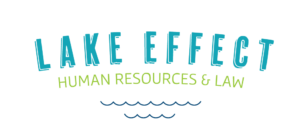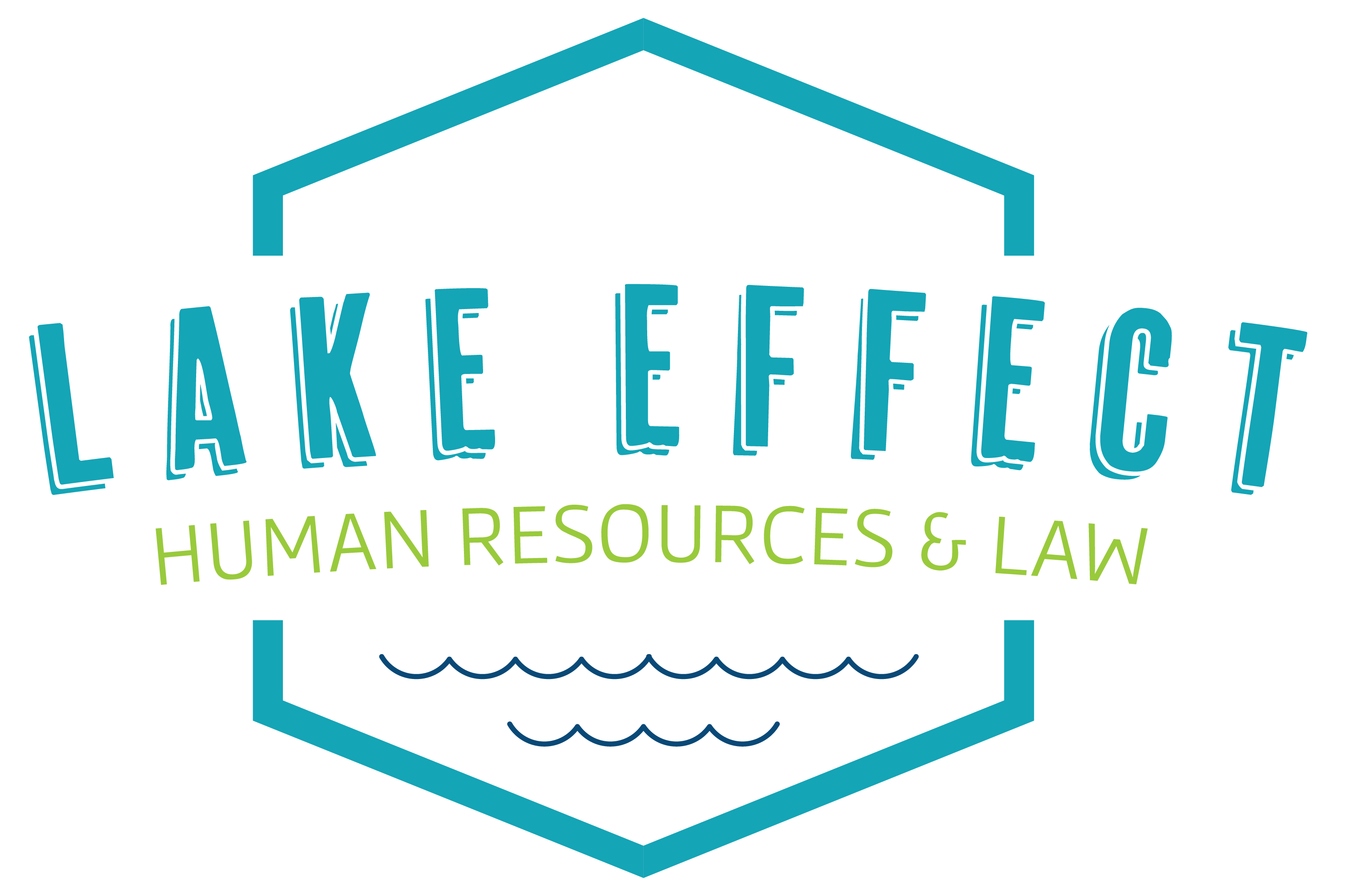On April 29, 2024, the Equal Opportunity Commission (“EEOC”) released its latest Enforcement Guidance on Harassment in the Workplace (the “Guidance”). The Guidance updates prior EEOC guidelines on: (1) legally protected characteristics; (2) how harassment must affect a “term, condition, or privilege of employment;” (3) and standards for establishing liability. Although the EEOC Guidance does not have the force or effect of law, it serves as a key resource for employers, employees, counsel, and EEOC agency staff.
Notable updates to guidance on legally protected characteristics include:
- Sex-based harassment includes harassment based on pregnancy, childbirth, or related medical conditions including lactation, morning sickness, using or not using contraception, and deciding to have/not have an abortion.
- Sex-based harassment includes harassment based upon sexual orientation or gender identity, including repeated use of a name or pronoun that is inconsistent with a person’s known gender identity or the denial of access to a bathroom or other sex-segregated facility consistent with an individual’s known gender identity.
- Harassment based on social or cultural expectations, assumptions, or stereotyping about how persons of a protected group may act or appear is actionable.
Updates as to how alleged harassment must affect a “term, condition, or privilege of employment” confirm:
- A hostile work environment claim may be based on conduct that occurs in a work-related context but outside an employee’s regular workplace, i.e., at an offsite training, employer-provided housing, or employer’s annual holiday party.
- Harassment may occur in a virtual environment, i.e., via employer’s email system, message system, videoconferencing technology, intranet, etc.
- Even non-work-related behavior can be unlawful harassment if it impacts an employee’s workplace. This can include electronic communications using private phones, computers, or social media accounts. However, social media posts alone generally will not contribute to a hostile work environment if they do not target the employer or its employees.
Key updates as to the standards for establishing liability specify:
- An Employer can only defend against a harassment claim if it took adequate steps to prevent harassment in the first place. This requires a showing that the employer has an effective anti-harassment policy, complaint process, and training. The Guidance lists features of each component that must be present in order for that component to be deemed effective.
- Even if its preventive measures are adequate, an employer may be liable for harassment if it fails to conduct a prompt and adequate investigation of an employee complaint. The investigation should be conducted by a well-trained, impartial party and seek information from all parties involved.
The EEOC’s updated Guidance reflects its renewed, laser focus on combatting workplace harassment of all types. Now is the time to review your anti-harassment policies, procedures, training, and investigation processes. Lake Effect can help improve these critical components of your comprehensive anti-harassment program to ensure that they serve your employees, meet the EEOC latest standards, and minimize exposure to future claims.
Lake Effect is here to answer all your questions about employment laws, regulations, and new agency guidelines. We continue to monitor important legal and HR developments, as well as other information that could impact the workplace. Please watch our blogs and emails for these important updates, as well as discussions of how compliance meets culture. To dive into these issues, contact us at info@le-hrlaw.com or 1-844-333-5253.




